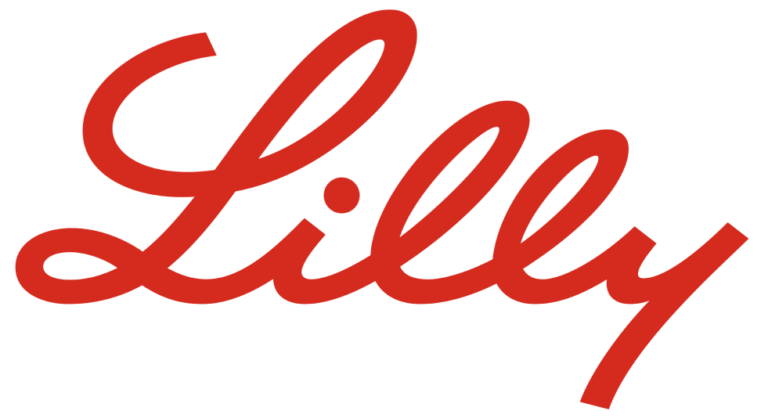“Factory Physics helped Lilly double production volume and sales in five years with a year on year reduction in new capital spending in each of those years. The outcome was a large part of the improvement in Lilly’s return on assets.”

“Factory Physics helped Lilly double production volume and sales in five years with a year on year reduction in new capital spending in each of those years. The outcome was a large part of the improvement in Lilly’s return on assets.”
Biopharma plant of Eli Lilly Pharmaceuticals was struggling to meet output goals in the face of growing demand. Many changes had already been tried to increase output with line balancing but the results had been disappointing.
With strategic adjustment to optimal WIP levels and relatively minor capital investments, Factory Physics recommendations yielded massive return on investment and had a major positive impact on company financial performance.
Strong demand for product was not being met.Management had already tried classic line balancing techniques and increasing bottleneck capacity without realizing expected benefits.
Trained employees in practical operations science of Factory Physics concepts. Management and employees applied concepts to evaluate and implement changes. Rapid modeling on various scenarios using CSUITE Operations Analytics to determine optimal WIP levels and locations to provide maximum output. Financial evaluations of proposed changes enabled confident decisions on best course of action.
Factory Physics operations analytics enabled management to experiment with production changes prior to making costly investments. It’s always better to experiment with a model backed by solid operations science before committing to changes. The results, as described by Mr. Eagle’s quote on the left, were massive improvements in revenue generation and significant reductions in capital spending—the best of both worlds.